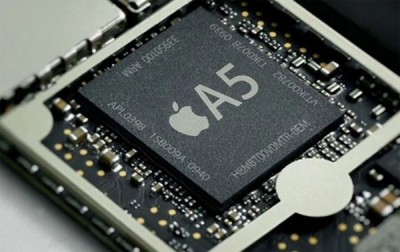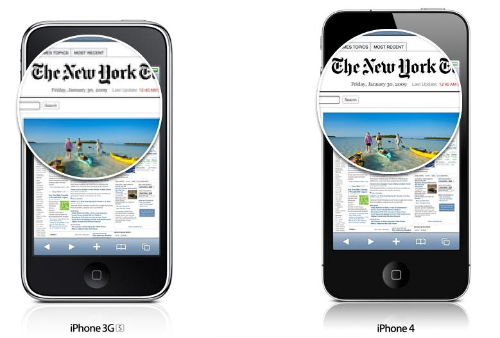Following the release of the iPad 2, rumors have been cropping up about the upcoming iPhone 5. Between a possible larger screen and a late release, here are the three rumors you need to know.
A5 Dual Core CPU
Earlier this year Apple introduced the iPad 2 with a dual-core processor dubbed that A5 CPU. It’s expected this processor will make its way to the iPhone 5.
Technology from the iPhone and iPad is often shared giving each generation common hardware characteristics. The first generation iPad was powered by an ARM CPU customized by Apple called the A4 which ran at a clock speed of 1GHz. It’s likely Apple will use the same A5 CPU that powers the iPad 2 with the iPhone 5 but due to the increased power draw of a dual core CPU, the clock speed may be decreased. However, battery advancements would allow Apple to keep the A5’s current clock speed without modifying it for lower power draw.
September Release
This rumor has generated a lot of controversy as it seems plausible for many reasons but also seems like a move Apple would not make.
A September release has been tossed around by the Apple Blogosphere and despite its validity a Fall release would make sense for several reasons. Pushing a major product launch back would give Apple more time to focus on Lion’s debut during WWDC alongside a possible MobileMe revamp and a preview of iOS 5. If the iPhone 5 doesn’t prove to be a major overhaul, a fall launch would give Apple more time to sell either a discounted iPhone 4 or push the CDMA version dispelling rumors that a new generation was already months away from the phone’s debut on Verizon early this year.
However, a September release is puzzling. Apple has released a new iPhone every summer between June or July. Apple very rarely breaks product cycles. A fall release would coincide with Apple’s annual iPod revamp and wouldn’t give enough time to the newest iPods and iPhones.
Edge To Edge Display
This rumor has been a hit or miss for various reasons. To better understand it, we first need to define what a Retina Display really is and how it relates to physically increasing the screen size.
A loose definition of a Retina Display is any screen that has a resolution with individual pixels which can’t be discerned by the human eye. A screen that packs 300 pixels per inch can be very easily classified as a Retina Display as the human eye is unable to identify individual pixels. Technically decreasing the pixel count and putting the screen farther away from your face would make it harder or impossible to differentiate individual pixels.
Physically increasing the screen size of the iPhone would decrease the pixel count per inch to the point where Apple could no longer genuinely call its screen a Retina Display. A 3.7-inch or larger screen at the same 960 x 640 resolution would still keep its Retina Display status as the pixel count or DPI would be 311: 11 more pixels per inch above the 300 DPI needed for a Retina Display.
Boosting the same resolution to a 4-inch screen would put the DPI at 288 which is technically no longer a Retina Display. However, the human eye would find it very hard to discern the 12 pixel per inch difference when held farther away from the face.













